The idea behind active shooter drills can be a bit intimidating for the everyday person. To help break things into bite-size chunks, we’ve created a guide to help civilians, just like you, have a better understanding of what it means to be ready for an active shooter. Your main focuses should be to stay informed, make a plan, and be prepared–you’ll find more on each below. There are right and wrong ways to deal with such an atrocity, and we are here to keep you on the right track.
Be Informed
The first step to outsmarting your enemy is to be informed. We recommend taking a training–in the hopes that you never have to use it. Outside of the training, however, there are a few things that you should always remember.
1. Trust Your Gut
First off, if you see something, say something, and never be afraid to trust your gut. While people often fear being wrong, there’s a fine line between being worried and being paranoid. More often than not, your intuition does not lean towards being paranoid.
2. Emergency Alerts
Another great way to keeping a step ahead of danger is to sign up for local emergency alerts via text, phone call, or email (many of the larger cities have it). Along the same lines, it’s important to make sure you have something on your person (id, phone, etc) that can identify you, an emergency contact, and any pertinent medical information.
3. Situational Awareness
Be aware of your environment at all times. Some things you should be mindful of are exits and entrances. By learning how shooters move in your active shooter training course, you’ll add this to your list of things to be cognizant of. You need to be able to visualize a safety situation if something were to happen, as well.
Make a Plan
Once you’ve got a good grasp on the mental game, you should have conversations with those in your day-to-day routine about the possibility of an active shooter scenario.
Talk to your friends and family about various situations in school, in public, or at work. Don’t let insecurities get in the way–be straightforward and talk to them seriously. One meaningful conversation takes only a few minutes but avoiding the conversation can cause a lifetime of regret–and no, we aren’t referring to your love life.
Next, help everyone practice being aware of their environment and how to think about where they are. Let older kids know their role as a leader, and talk to your friends about being a leader in a situation where there may be elderly or disabled people. To help the conversation dig deeper, discuss the intricacies of these scenarios and flesh out what you might do and what might be within your power.
Something else to consider is to always be “on-grid.” We know it’s refreshing to leave the house without your phone to “disconnect” while you decompress or go about your day, but that isn’t always safe. Having a way to contact people (family, friends, or authorities) is one of the best parts of living in the era of cell phones, and that includes emergency contacts.
In The Event: Live
The worst case scenario is happening, and it’s time for your fight or flight instincts to kick in (we’ve ruled out freeze because you’ve trained for this moment). The three main aspects when in the event, are to try and escape, hide, or fight as a last resort.
1. Escape
First, run to safety with your loved ones as soon as possible if you have the opportunity. You should escape by any means necessary. Leave your belongings–they won’t do you any good if you’re dead.
If you have more time and opportunity, safely help others escape. This is anyone aside from your family or friends with you. If people don’t come with you at first, do not stay behind and try to convince them or force them to. Leave the scene if you have a safe chance whether others follow or not.
If you’re at a safe distance, contact the police first and then inform people walking or driving toward the area that it’s not safe and to go elsewhere. Do your best to prevent anyone else from going to an area with an active shooter.
When you are safe, call 9-11 and describe the shooter giving as much detail as possible. Give them any information that will be of value in pursuit of the shooter: weapons, number of people, description, language spoken, and anything else about the scene.
2. Hide
If escape is not possible, hide somewhere and stay silent. Unless you are hiding with immediate family, do not alert anyone to your location for fear of blowing your cover. This may seem counter-intuitive, especially if you are trying to help others hide, but your first priority needs to be you and your family. Silence any electronics you may have on you and leave all other belongings where they are. Be sure to lock or close anything you can between you and the shooter. Doors, blinds, windows, turn off lights, etc.
Try to avoid hiding in big groups; remember, the bigger the target, the easier it would be for the shooter to hit something. Take a couple seconds to hide in locations where a shooter might overlook and spread out as much as possible.
If you can, communicate with police silently. Use social media if possible, tag your location, put a sign in a window, or hang something out of a window if you’re near one. Stay in that place until law enforcement comes to get you and gives the all clear.
3. Fight: A Last Resort
Finally, if you’ve got no choice but to fight, find your inner warrior and take the offensive first. Commit to an action and don’t second guess yourself. Be and act as aggressively as possible against the shooter. Your body and anything around you can be used as a weapon, so you’ll need to get creative on the spot.
If possible, recruit others to ambush the shooter with anything you can grab and use as a weapon. Chairs, kitchen items, scissors, books, office equipment, etc.
Prepare yourself to cause serious harm and injury and use as much force as necessary to extinguish the threat. Regardless if you are a pacifist or someone who couldn’t hurt a fly, this is all about survival.
The Aftermath
Put down all weapons and keep them empty if the threat is gone or removed. Don’t leave anything to guess with law enforcement because they may think you are the aggressor (it’s happened too many times).
Understand that the priority of the police is to find and extinguish the shooter, and they may pass by or ignore wounded people at first. In addition, these officers will be armed and dangerous and you want to avoid becoming rife with emotions. Do your best to calm others so that law enforcement will not endanger themselves or others on the hunt for the perpetrator.
Next, always follow the instructions of the law enforcement to the best of your ability.
If you or people around you have been injured, if you can, care for yourself first and then help others. If someone near you is injured and is still in harm’s way, help get them to safety regarding your own safety as well. It’s not usually worth it to risk your life for someone else’s but it’s a chance each individual will need to decide upon.
While you wait for the ambulance, provide any first aid knowledge to the situation. Apply pressure directly to bleeding wounds, create makeshift tourniquets if you know how. Keep wounded people warm, protected, and calm and if they are unconscious, turn them on their sides. However, avoid applying any first aid if you are untrained. You may accidentally make things worse instead of better.
After you have been treated, contact your loved ones to inform them.
You should consult with law enforcement officers to see if you should speak to any reporters before you do. In the event that you’re asked to make a statement, there is still a significant amount of information that needs to be kept on a need-to-know basis for the protection of everyone involved. In many cases, the police will need time to inform families of anyone who may have died during the shooting before the media put it out.
You should seriously consider seeking treatment to help cope with what happened during this scenario. We cannot stress enough that there is no shame in taking care of your mental health. In fact, many on the non-civilian side would argue that the mental damage could be far worse than the physical, and you can never be too cautious with early signs of trauma, shock, PTSD, depression, or other acute behavioral changes.
In The End
In the end, awful things happen every day all over the world. It’s important to think through the whole scenario to familiarize yourself with the steps towards safety. Have conversations with your family and friends, regardless of how awkward it may feel, and make sure you have confidence in each other to do the right thing. We get it, no one likes to focus on the uncomfortable possibilities, but those are the ones that cause the greatest threat to your life and well being.


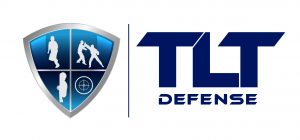
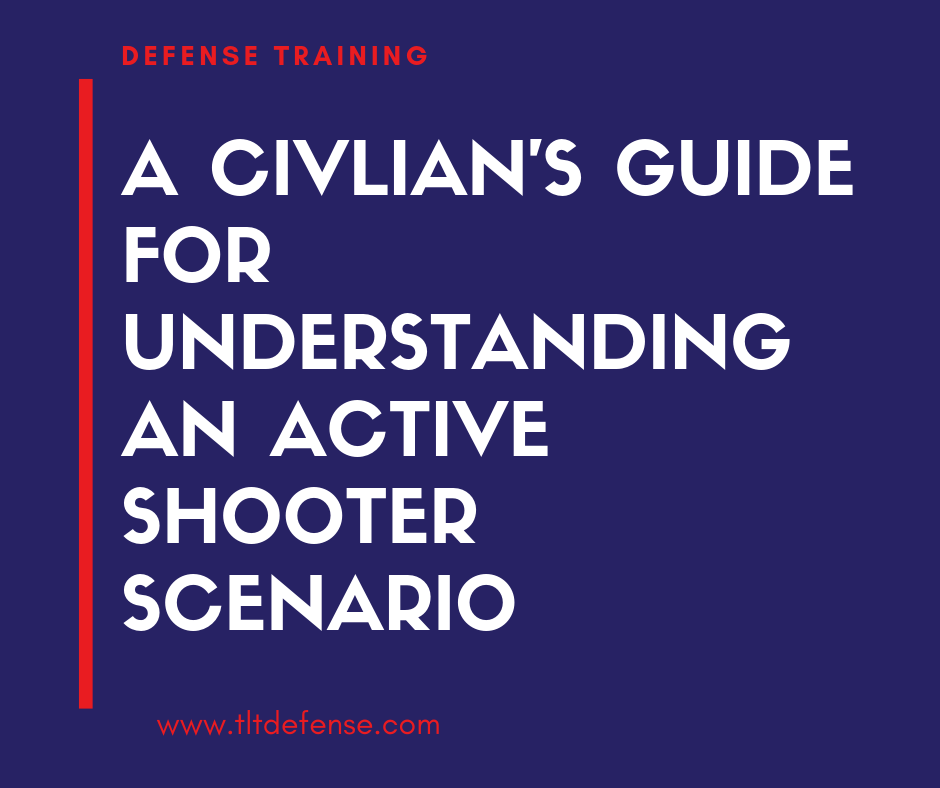
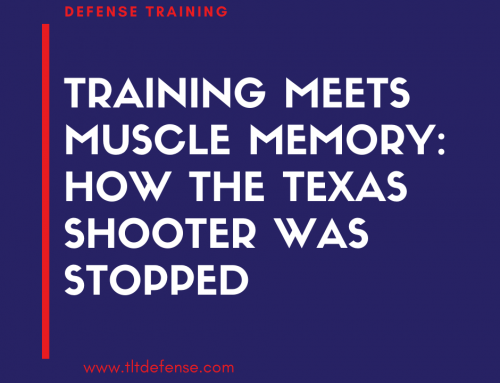
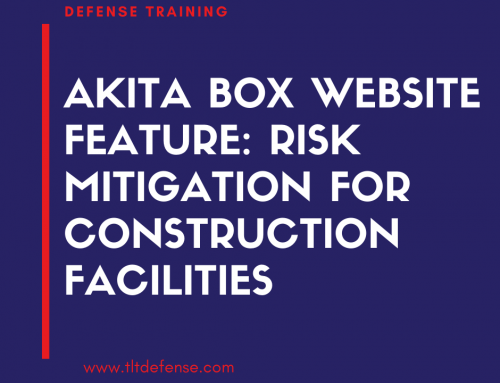
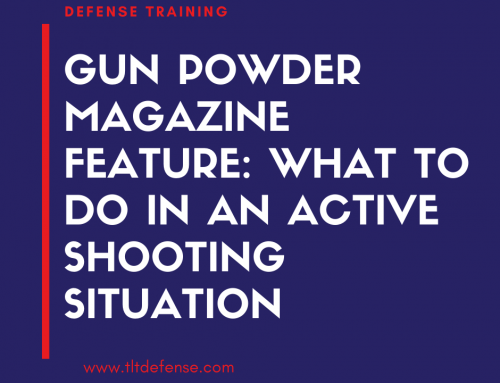
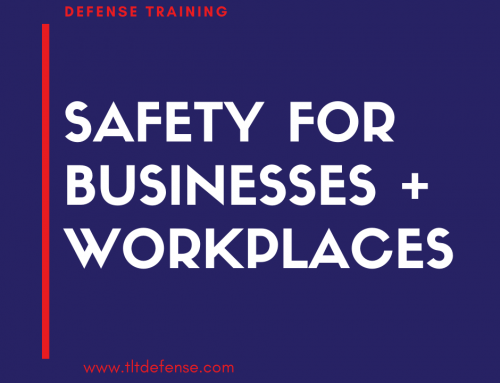
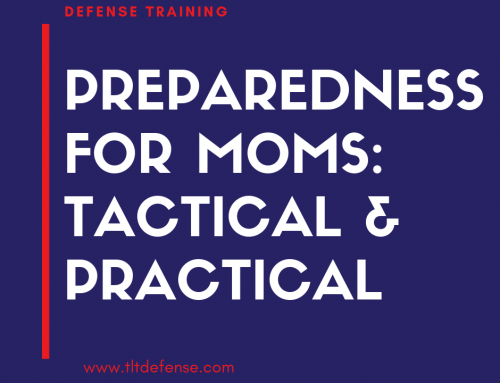
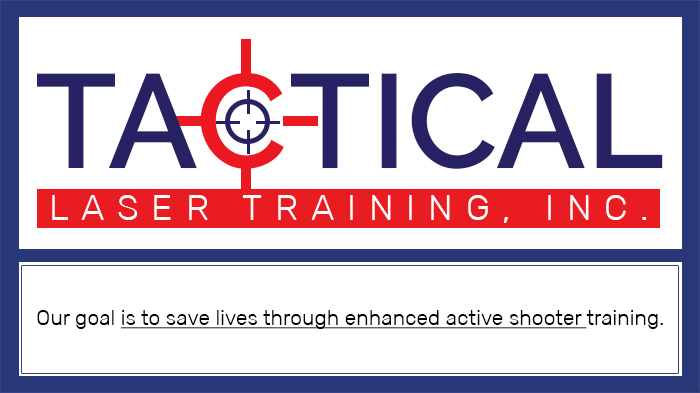
Social Contact